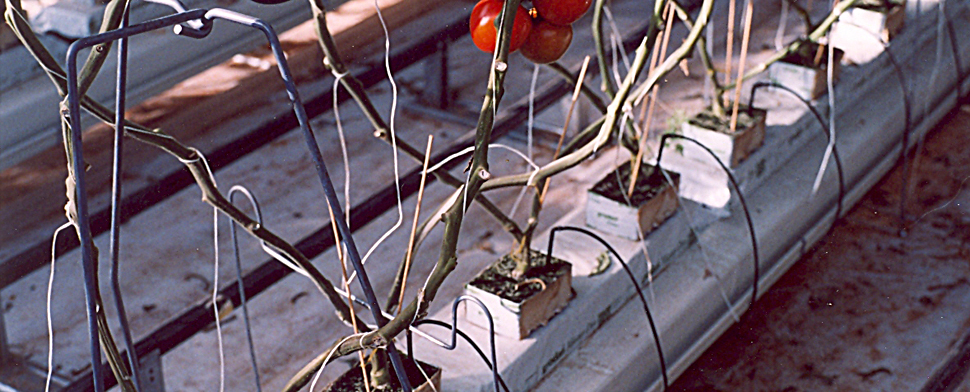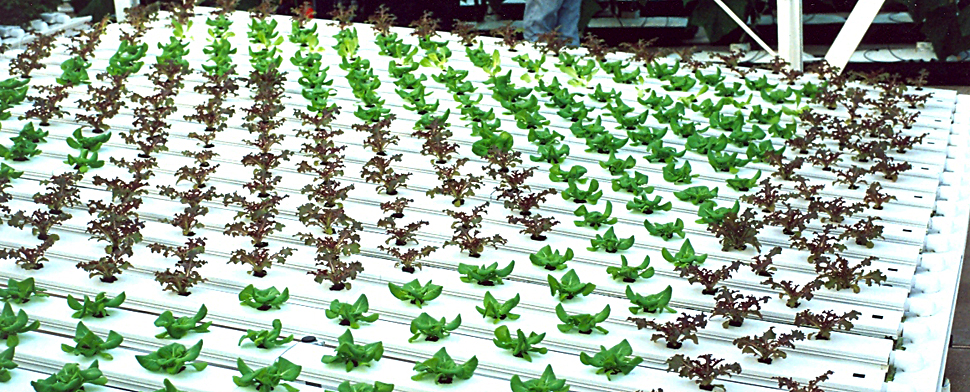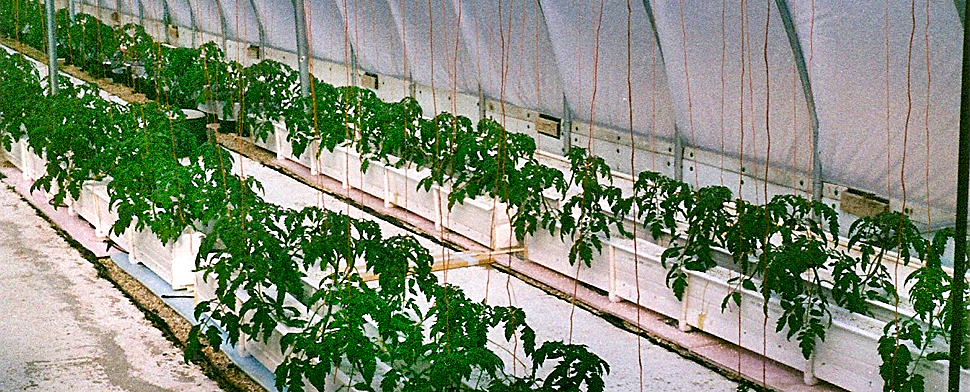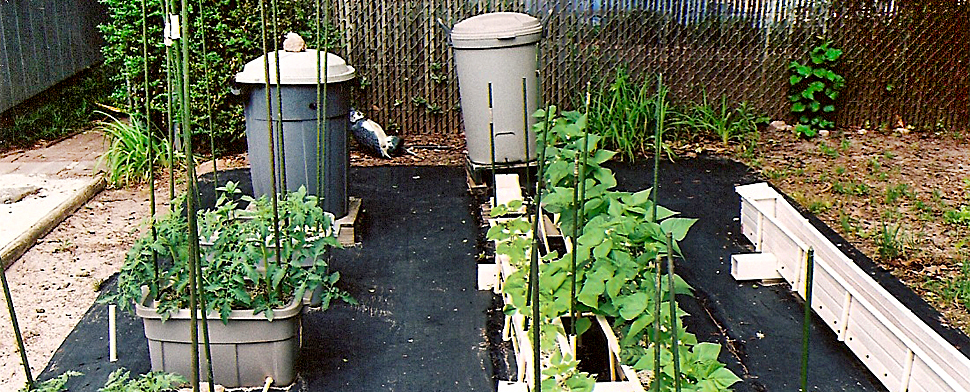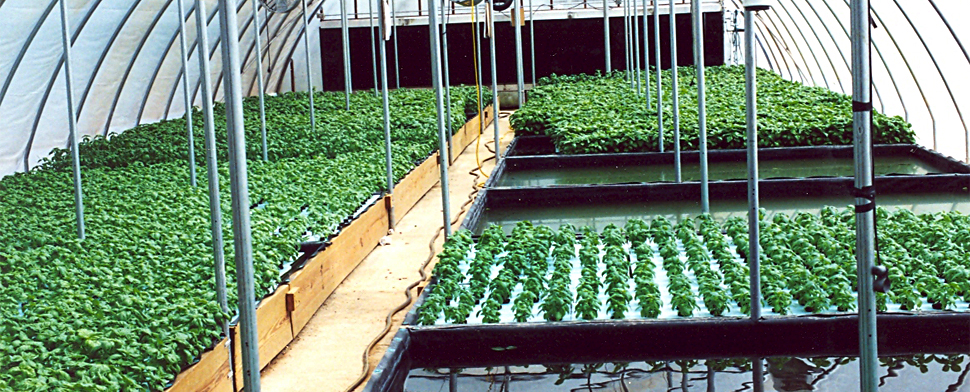There are two ionic forms of nitrogen that can be root adsorbed, the anion nitrate and the cation ammonium. Ammonium is more quickly simulated metabolically, while the nitrate anion must be reduced before metabolic simulation occurs, a reduction process that requires energy. Therefore, some have suggested that the ammonium form of nitrogen would be the more desirable form made available to plants. Research has found that ammonium can adversely interfere with various metabolic processes in plants, resulting in what some have identified as a form of toxicity. Blossom-end rot in tomato and pepper, for example, and short-life in citrus and peach trees have been traced back to ammonium nutrition when it was the major form of nitrogen available to the plant, or even when greater than 25% of that form of nitrogen absorbed. Ammonium will interfere with calcium function in the plant, resulting in the breakdown of vascular cell walls, thereby restricting the movement of water up this conductive tissue. One of the early signs of ammonium toxicity in some plants is wilting when the plant is under moisture stress, particularly during periods of high atmospheric demand. Therefore, the absorption of the ammonium form of nitrogen at high, or even at moderate levels may result in poor plant growth and fruit quality, and can even lead to the death of plants, such as fruit trees, when exceeding a certain concentration for root absorption.
Written by admin
![]()
Dr. J. Benton Jones has written extensively on the topics of soil fertility and plant nutrition over his professional career. After obtaining a B.S. degree in Agricultural Science from the University of Illinois, he served on active duty in the U.S. Navy for two years. After discharge from active duty, he entered graduate school, obtaining M.S. and Ph.D. degrees from the Pennsylvania State University in agronomy. For 10 years, Dr. Jones held the position as research professor at the Ohio Agricultural Research and Development Center (OARDC) in Wooster. During this time, his research activities focused on the relationship between soil fertility and plant nutrition. In 1967, he established the Ohio Plant Analysis Laboratory.
Joining the University of Georgia faculty in 1968, Dr. Jones designed and had built the Soil and Plant Analysis Service Laboratory building for the Georgia Cooperative Extension Service, serving as its Director for 4 years. During the period from 1972 and his retirement in 1989, Dr. Jones held various research and administrative positions at the University of Georgia. Following retirement, he and a colleague established Micro-Macro Laboratory in Athens, Georgia, a laboratory providing analytical services for the assay of soils and plant tissues as well as water, fertilizers, and other similar agricultural substances.
Dr. Jones was the first President of the Soil and Plant Analysis Council and then served as its Secretary-Treasurer for a number of years. He established two international scientific journals, "Communications in Soil Science and Plant Analysis" and the "Journal of Plant Nutrition", serving as their Executive Editors during the early years of publication.
Dr. Jones is considered an authority on applied plant physiology and the use of analytical methods for assessing the nutrient element status of rooting media and plants as a means for ensuring plant nutrient element sufficiency in both soil and soilless crop production settings.
View all posts by: admin
No Comments Yet.

